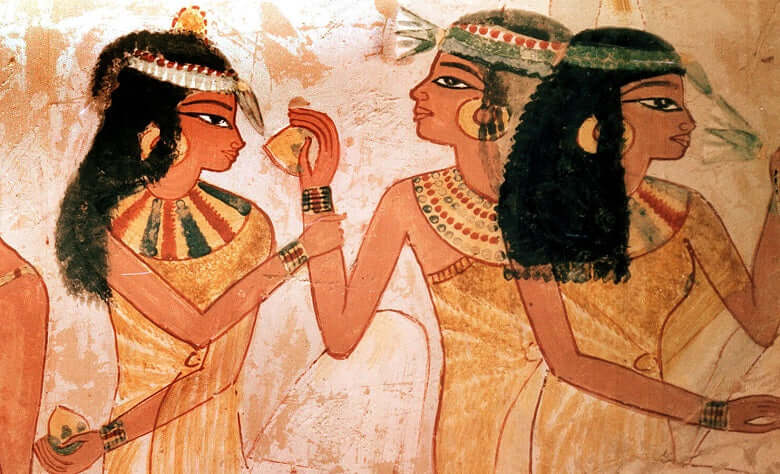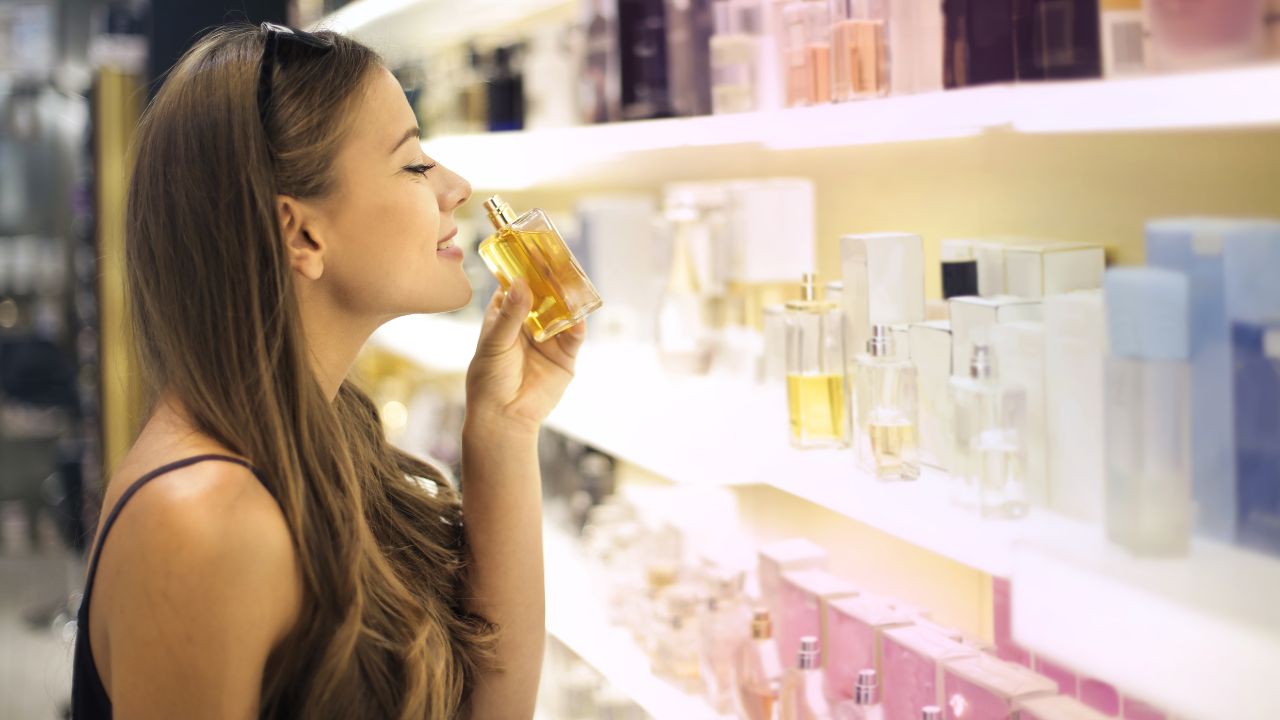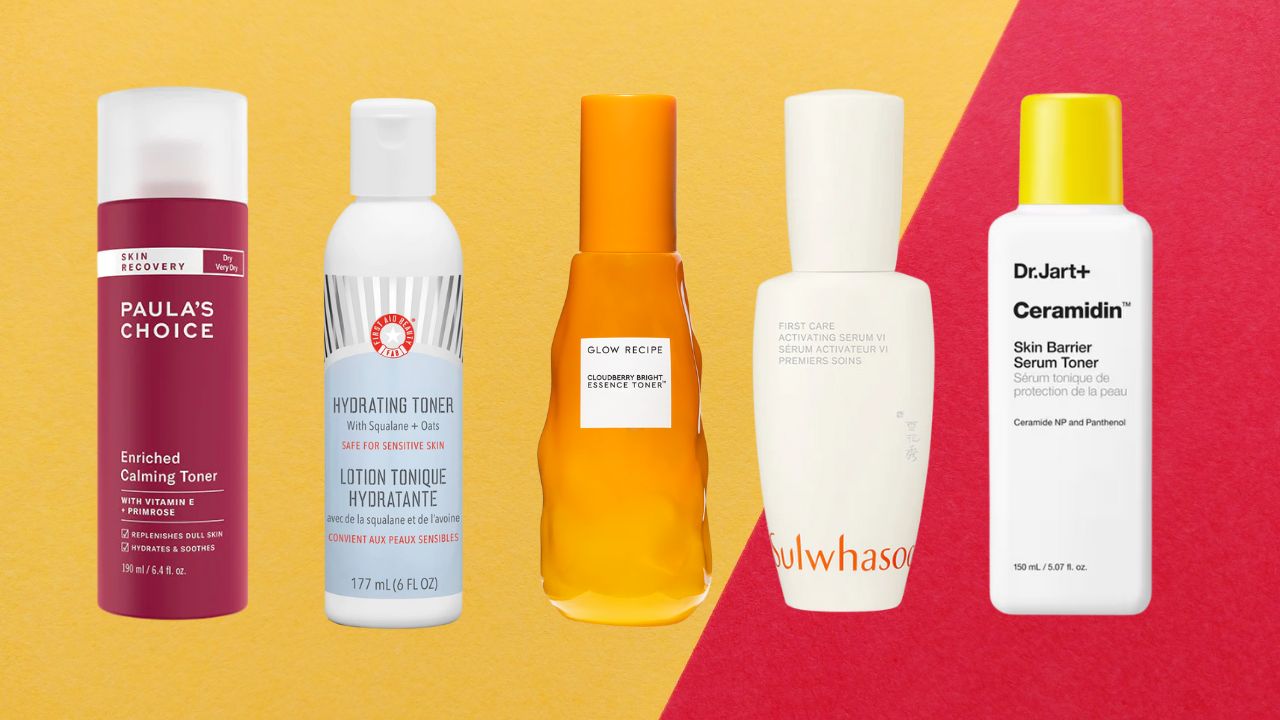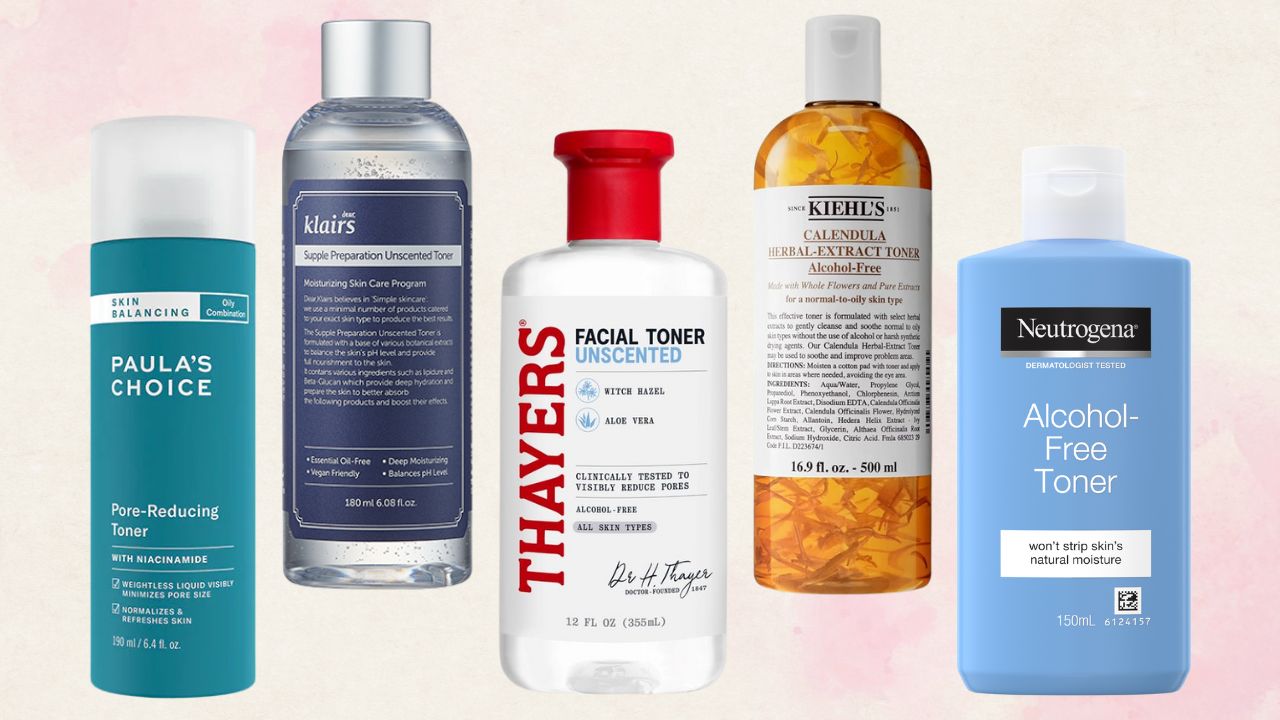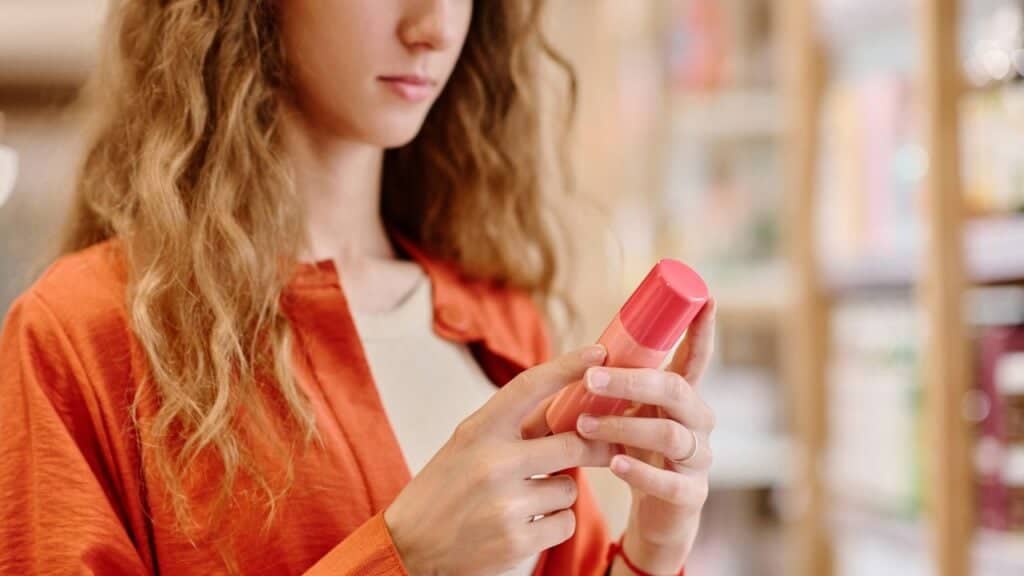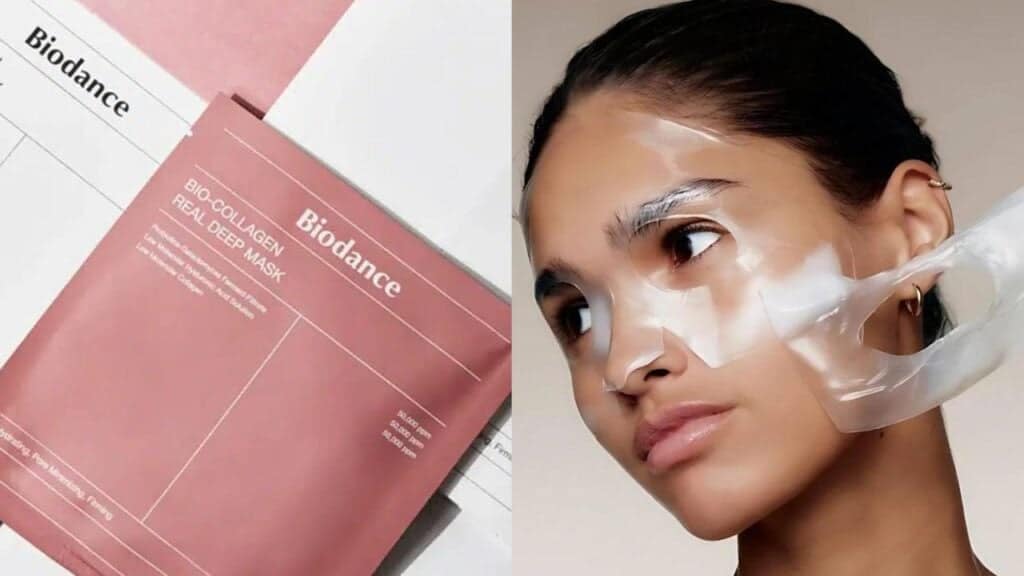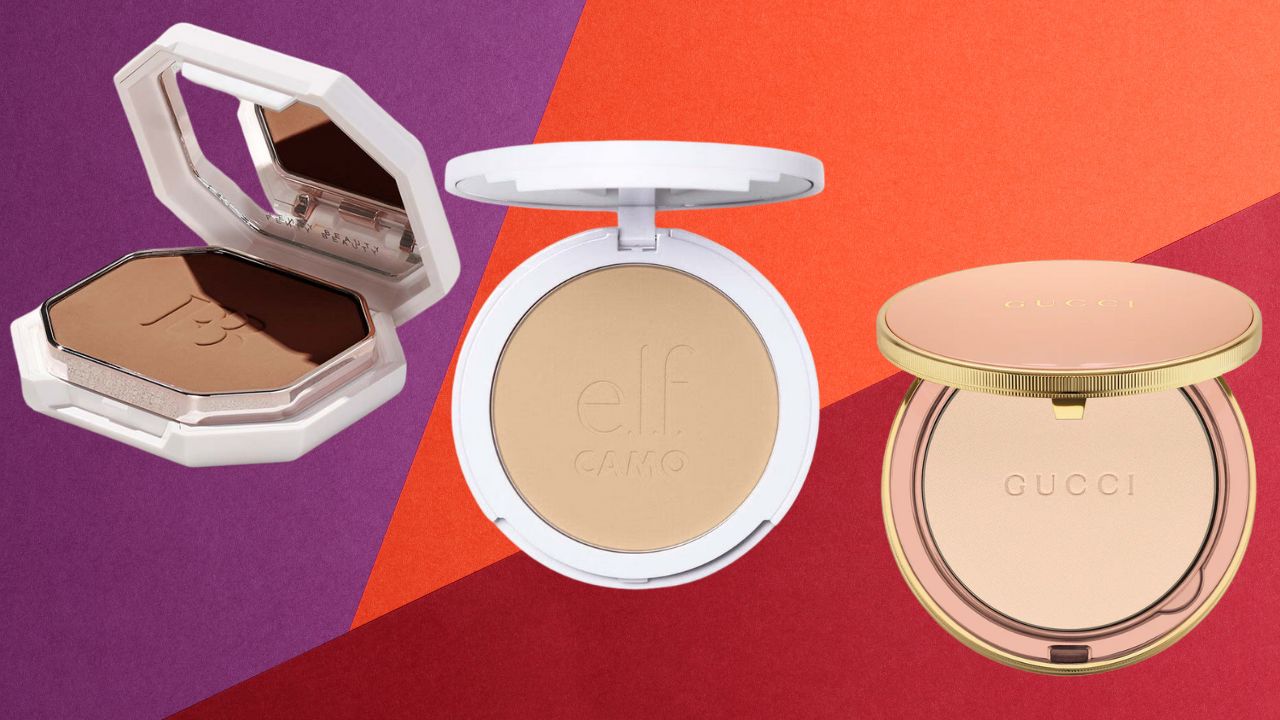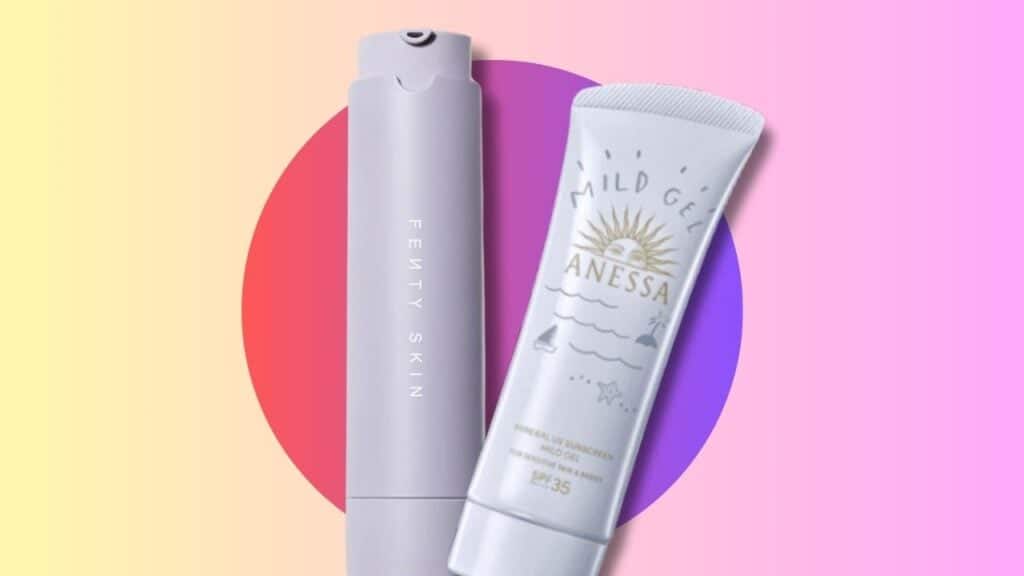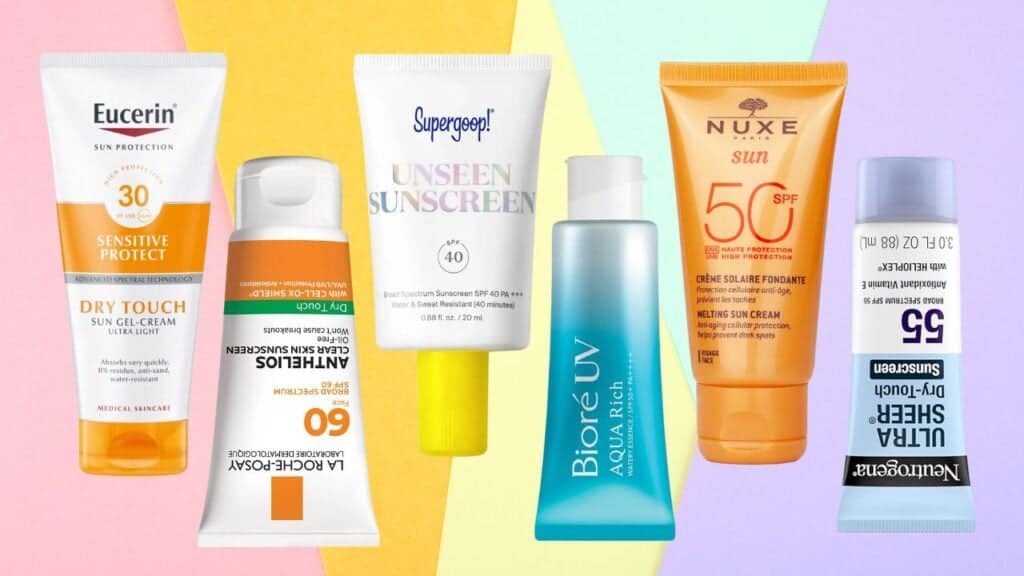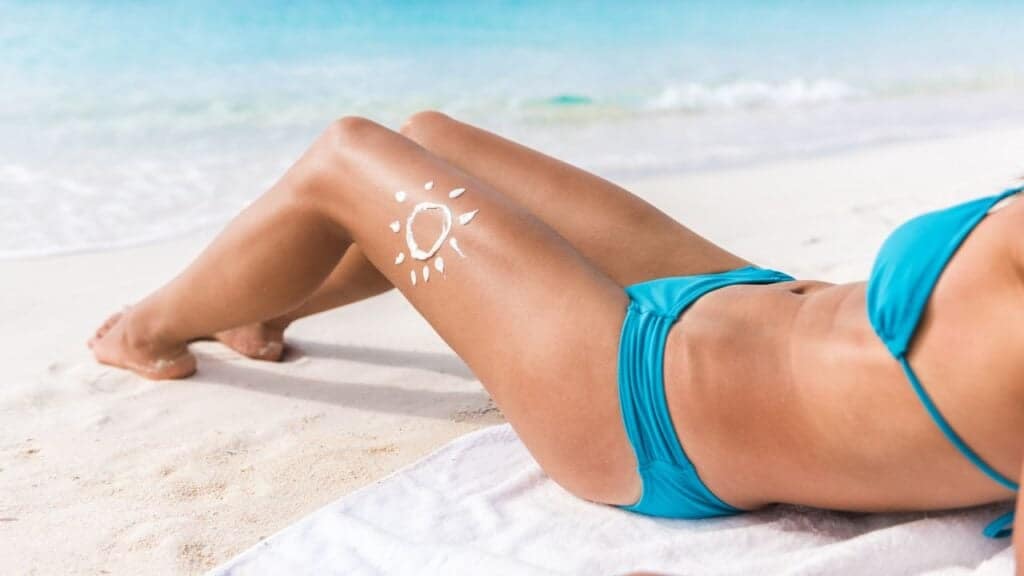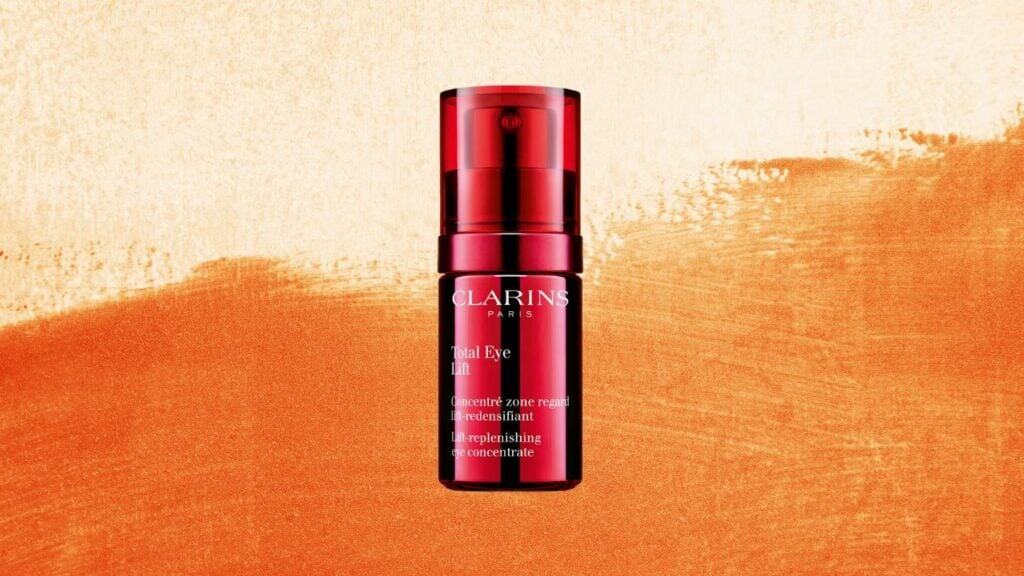Blog
Home / Origins & History of Perfume / History of Perfumes & Fragrances: A Timeline
Categories
Recent Posts
- Top 10 Black Friday Skincare Essentials Worth Buying This Year
- How to Choose the Perfect Perfume This Black Friday Season: Your Ultimate Guide
- 10 Best Toners for Dry Skin in 2025: Expert Reviews & Hydration Guide
- Top 10 Best Toners for Combination Skin in 2025: Tested and Reviewed
- Does Sunscreen Expire? Here’s What You Need to Know for Optimal Protection!
Perfumes have come a long way since ancient times. While we’re witnessing today the evolution of modern perfumery with the help of advanced methods, it’s intriguing to take a look at the past and understand how far we have come. Come join us as we take a walk down memory lane through the below perfume timeline.
Ancient times
4000 BCE
Cyprus, the birthplace of fragrances: The island of Cyprus was graced with the first-ever perfumery, built on an industrial scale. Scientists uncovered an area of around 1 square kilometer and items such as jugs and bottles. This proves that fragrances were already in high demand during that period. Note: if you’re specifically interested in perfume bottles, then we recommend reading: The History of Perfume Bottles.
3300 BCE to 1300 BCE
Distillation of essential oils: As specified in Hindu texts Charaka Samhita and Sushruta Samhita, the Indus civilization began using an Ittar distillation. It was Dr Paolo Rovesti who found terra-cotta distillation tools in the Indus Valley as well as containers for oil. By using the carbon dating method, these tools are estimated to be from 3000 B.C. This is much earlier than previously thought mankind used distillation for extracting essential oils.
3000 BC onwards
- Egyptians started using scents as a social status symbol for grooming. Ancient perfumes were used in Egyptian temples to honor various deities and perform mummification of the Pharaohs. Incense and myrrh were common fragrance ingredients at the time. The Egyptians also began trading in raw materials for perfume. To learn more about Egyptian perfume history, you can visit this page: Ancient Egypt: The Origins of Perfume.
- Tapputi from Babylon, the first-ever perfumer on record, made perfumes by distilling flowers, oil, and other aromatic compounds and filtering them.
- The Romans and the Greeks began using scented products in their daily lives. Blown glass containers were used to store perfume, which served many religious and medicinal purposes. Aromatic substances were also used to elevate the atmosphere during social gatherings. Learn more about Ancient Roman Perfume History.
- The Persians ruled the perfume trade during the Sassanid period (224-651 CE). Persian kings had their own ‘signature scents’ and there’s proof in literature that people experimented with scents during workshops. In this post, you can learn more about Persian Perfume History.
6th century to 19th century
6th-century
Islamic cultures made advancements in Middle Eastern perfumery during this time by developing the process of steam distillation for perfume extraction. They also began experimenting with new raw materials. Musk, amber, and rose were commonly used in perfumes. Ibn Sina introduced the method of extracting oils from flowers using distillation.14th and 15th century
- Perfumery arrived in Europe.
- The first Eau de toilette known as “Hungary Water” was used by Queen Elizabeth of Hungary in 1371. It primarily contained notes of rosemary and thyme.
- France emerged as the European hub of perfumes, especially Grasse which is now called the world capital of perfume. The European upper class began using perfume for daily grooming. Scented products started becoming more accessible towards the latter half.
16th century
- Queen Elizabeth I issued an order stating that all public places should be perfumed.
- Women started wearing perfume more actively.
17th century
- Perfumed gloves became popular in France.
- King Louis XIV fell in love with perfume, and his court was known as, “the perfumed court.” He demanded a new perfume every day and applied it everywhere.
18th century
Italian perfumer Johann Maria Farina made the first Eau de Cologne and named it after the German town of Cologne since he was staying there. It became wildly popular among royalty and inspired the creation of 4711 Cologne by the Mulhen family.19th century
- Perfumes became more affordable in England, allowing the masses to take part in the craze. Queen Victoria gave permission to The Crown Perfumery to use her image on their bottles.
- Florida Water, the American version of Eau de Cologne, was introduced. It contained lemongrass and clove oils.
- Perfume manufacturing and production became important for the Russian economy.
- Sicily, Calabria, and France region Grasse began cultivating aromatic plants as raw materials for perfume making and trading.
- In 1889, French brand Guerlain introduced a fragrance called Jicky. It was a highly concentrated blend and a small amount went a long way.
- Floris No. 127 was created for the Grand Duke Orloff of Russia in 1890.
Perfume Timeline: Modern times
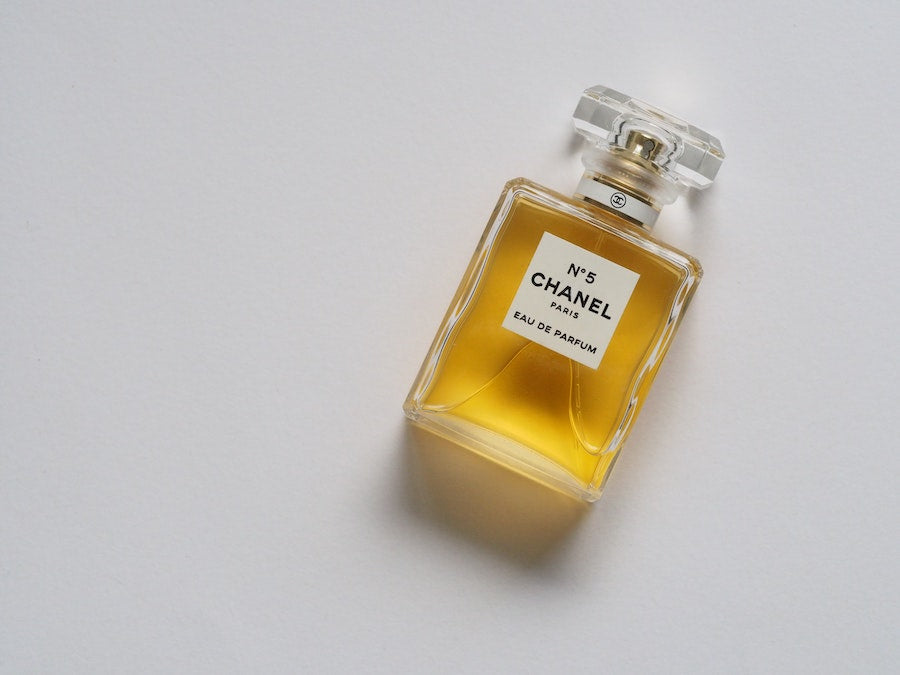
20th century
- The development of synthetic essences and the creation of atomizer-based perfume bottles revolutionized perfumery.
- Francois Coty publicized the idea of telling the story of the perfumes as part of their presentation.
- Compounds like deer musk and oakmoss were still in use, but there was a shift towards synthetic ingredients.
- Designer brands like Yves Saint Laurent, Elizabeth Arden, Christian Dior, and Estée Lauder began their foray into perfumery.
- Coco Chanel introduced Chanel No. 5 in 1920-21. It was unique because of its synthetic composition and is the most popular perfume in the world to this day. Guerlain released the iconic Shalimar in 1925.
- Jean Patou released his perfume Joy in the 1930s. Housed in a crystal bottle, it was the epitome of luxury costing around $800 per ounce.
- Dior’s Miss Dior (1956) and Poison (1985) became unforgettable classics.
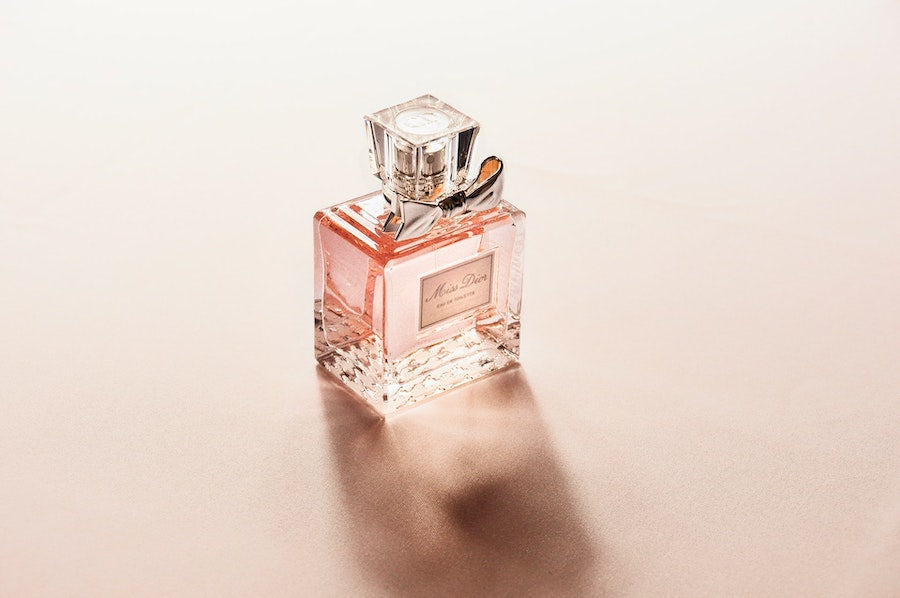
21st century
- Perfume releases have multiplied with new brands emerging every other day.
- Certain raw compounds are no longer in use.
- Niche and indie perfumery have carved a space for themselves amid commercial releases.
Related posts
Top 10 Black Friday Skincare Essentials Worth Buying This Year
Black Friday has evolved from a single-day shopping frenzy into the ultimate opportunity to stock up on premium skincare without breaki...
How to Choose the Perfect Perfume This Black Friday Season: Your Ultimate Guide
Black Friday represents the golden opportunity to invest in luxury fragrances at unprecedented prices. But with thousands of perfumes a...
10 Best Toners for Dry Skin in 2025: Expert Reviews & Hydration Guide
Dry skin can feel like a constant battle—that uncomfortable tightness after cleansing, the flaky patches that ruin your makeup, and that perpetual thirsty feeling no matter how much moisturizer you slather on. This comprehensive guide features the 10 best face toners for dry skin that dermatologists recommend and real users love, plus expert advice on how to choose a toner for dry skin that transforms your routine from frustrating to effective.
Top 10 Best Toners for Combination Skin in 2025: Tested and Reviewed
A good toner for combination skin does more than just refresh—it regulates oil production in greasy areas while delivering hydration to dry patches, minimizes the appearance of pores without over-drying, balances your skin's pH after cleansing, and prepares your complexion to absorb serums and moisturizers more effectively. The right combination skin toner acts as a sophisticated problem-solver that addresses multiple concerns simultaneously without compromising either zone.
Does Sunscreen Expire? Here’s What You Need to Know for Optimal Protection!
You’re getting ready for a fun beach day, digging through last summer’s bag, and there it is—a half-used bottle of familiar sunscreen. It looks okay. It smells fine. But then you wonder… does sunscreen actually go bad? The quick answer? Yes, it does. And using old sunscreen is like wearing sunglasses with a big crack—it…
The K-Beauty Game Changer: Is the Viral Biodance Bio-Collagen Real Deep Mask Worth the Hype?
Okay, beauty lovers, let’s talk about something that’s taken the skincare internet by storm. You’ve seen the videos, you’ve scrolled past the jaw-dropping transformations: the Biodance Bio-Collagen Real Deep Mask. This isn’t just another sheet mask; it’s a Korean collagen mask that promises to melt into your skin, leaving it plump, dewy, and practically poreless….
10 Best Powder Foundations for Oily Skin: Shine-Free, Smooth & Stunning Picks (2025)
If you've ever dealt with the struggle of makeup sliding off your face by lunchtime, looking greasy in photos, or requiring constant touch-ups throughout the day, it's time to make the switch. Powder foundations for oily skin are formulated specifically to combat shine, control oil production, and provide long-lasting coverage that stays put from morning meetings to evening events. Whether you want barely-there natural coverage or full glam that photographs beautifully, there's a mattifying powder foundation out there waiting to be your holy grail.
Should You Wear Sunscreen Every Day, Even in Winter or Indoors? Science Says YES!
Most people associate sunscreen with sweltering beach days, tropical vacations, and that one time they forgot to reapply and turned into a human lobster. But what if we told you that sunscreen isn’t just a summer essential? That’s right. Wearing SPF daily—even in winter or indoors—isn’t just a skincare trend; it’s a dermatologist-approved non-negotiable. If…
We’ve Tested Over 30 Mineral Sunscreens: These 2 Are the Best – Fenty Hydra Vizor & Shiseido Anessa
If you’ve ever tried mineral sunscreen, you know the struggle. Some feel like cement on your face, others leave you looking like a ghost auditioning for a horror movie, and a few even pill into tiny, annoying flakes the second you apply makeup. After months of slathering, blending, squinting at ingredient lists, and exposing ourselves…
Top 10 Oil-Free, Non-Greasy Sunscreens for Your Face: Say Goodbye to Shine!
Sunscreen is the ultimate skincare non-negotiable—no matter your skin type. But if you have oily, combination, or acne-prone skin, you know the struggle of finding a formula that won’t leave you looking like a glazed donut by noon. Even dry and sensitive skin types often prefer lightweight, non-greasy, breathable formulas that won’t clog pores. So,…
Does Sunscreen Prevent Tanning? Understanding Its Role & How to Tan Safely
You’ve packed your beach bag, grabbed your favorite sunglasses, and slathered on that bottle of SPF everyone insists you need. But as you step into the glorious sun, a nagging question pops up: “If I’m wearing sunscreen, will I still tan? Or am I just wasting my time trying to get a golden glow?“ It’s…
Clarins Total Eye Lift: How to Use It to Brighten & Firm Tired Eyes
Ever glance in the mirror at 7 a.m. and think, “Did I sleep at all?” We’ve all been there—those mornings where our eyes spill our secrets before we can reach for concealer. If your under-eye area looks more “red-eye flight” than “rested glow,” there’s hope. And not just any hope—Clarins Total Eye Lift is that…
Comments


